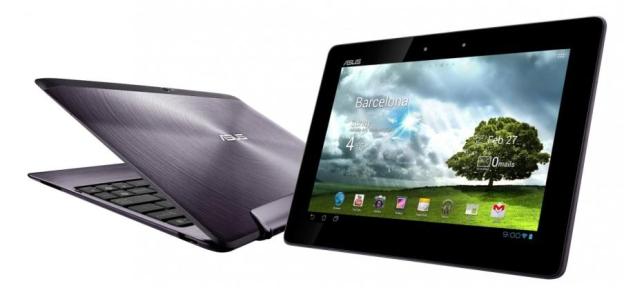
New devices are rumored and announced every day, but sometimes it’s difficult to remember what’s what. Over the weekend, two new devices were unveiled. The Sony Xperia Ion will be the first ex-Ericsson Sony phone to hit the United States, and Asus has unveiled the release information for its Full HD Transformer Infinity tablet, which is set to go head-to-head with every other 10-inch tablet in just a few weeks. We should have reviews of both in the next couple weeks, but until then, here’s a bit of info to tide you over.
Sony Xperia Ion
Check out our full review of the Sony Xperia Ion.

We weren’t blown away by the Ion in our limited early testing, but it appears that Sony finally has pricing on its side, which may help make the Xperia Ion one of the more successful Sony launches in recent years. To be fair though, it really wouldn’t be hard for Sony to set some internal records. Sony Ericsson devices have been notoriously weak sellers in the US for years.
You can find the Xperia Ion at AT&T, Best Buy, or through Sony’s online store.
Asus Transformer Infinity
Check out our full review of the Asus Transformer Pad Infinity.

For fun, here are the specs: a 1920 x 1200 pixel IPS screen, 1GB RAM, a 1.6GHz quad-core Nvidia Tegra 3 processor, Android 4.0, and all of the other bells and whistles you might expect. We’ve been playing around with the tablet and can report that it’s definitely a step up from the Transformer Pad and the screen is gorgeous, but the battery life does take a hit. The Transformer and Transformer Prime were known for 17-18 hours of battery life with the keyboard dock plugged in (it has its own battery), but the Infinity will only scratch about 13 hours with the dock and 8.5 without it. Not bad, but not nearly what we’re used to. However, for anyone looking for a netbook, it’s a viable option.
You can find Wi-Fi only versions of the Infinity in stores on July 16. Until then, hold tight for our review and check out our hands-on pictures of the Transformer Pad Infinity from Mobile World Congress.


